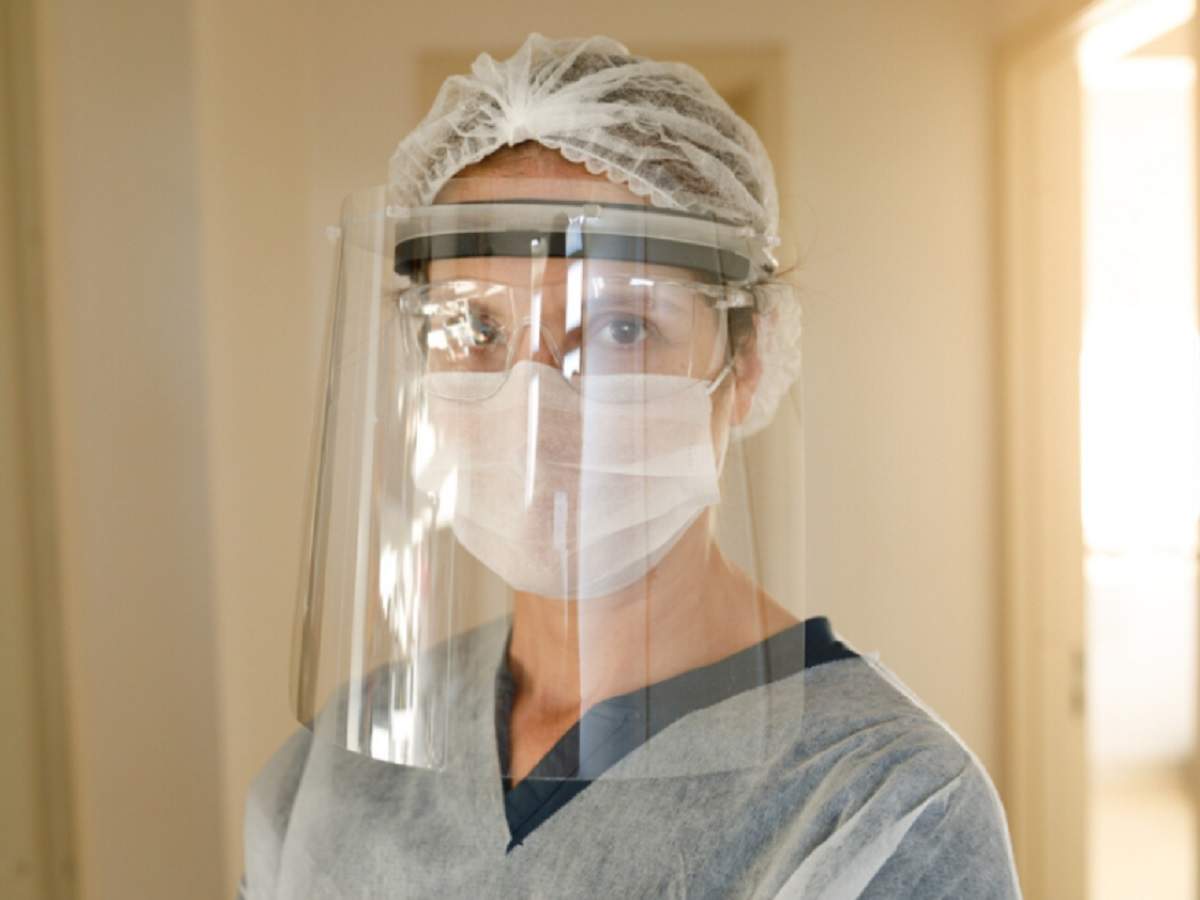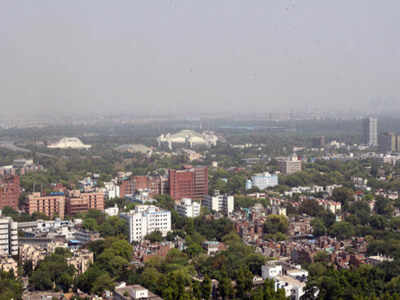
NEW DELHI: The number of calls made to the police control room about street crimes like snatchings and robberies has reduced substantially while registration of such crimes has gone up at the same time, police data shows. This is significant for two reasons. A reduction in PCR calls reflects low crime rate, while registration of FIRs mean station house officers no longer strive to artificially keep crime figures low or 'under control'.
Delhi Police gauged the crime situation on city streets by analysing the calls made to police numbers 100 and 112 in the past one year. They showed that the registration of FIRs — or conversion of PCR calls to criminal cases — was quite low in 2019. Last July, for example, of 4,831 calls related snatching received at the police control room, only 486 were converted into FIRs, a mere 10%.

This year, even if the lockdown months of April and May are excluded, the number of PCR calls declined substantially. In July, there were just 1,845 calls for snatching, but 47% of them, or 872, were registered as FIRs.
Similar trends were seen in cases of robberies. Delhi Police registered 10% FIRs for calls involving in dacoity or robbery in July and 7% in August last year. This year, despite the coronavirus-induced lockdown, the registration of FIRs in cases related to street crime saw a 23% rise over May, June and July.
Senior officers in districts and ranges that TOI spoke to said that these figures reflected police commissioner S N Shrivastava’s zero tolerance policy on improper registration of FIRs. A deputy commissioner of police said, “In one of the first few meetings, he directed all police station chiefs to freely register cases wherever a PCR call regarding dacoity, robbery and snatching was received. He emphasised that complaints about FIRs not being registered would attract a show-cause notice and action.”
Shrivastava, it is learnt, is of the view that a true picture of the crime scene and law and order cannot be achieved with factual crime figures. “This strategy coupled with a series of measures taken to curb street crimes, including tracking criminals on bail, identification of hot spots and increased patrolling by local police and PCR vans, helped reduce crime rate as evidenced in PCR calls,” said a senior officer.
Since individual cases now attract the attention of senior officers, efforts are made to arrest the accused involved in a registered case. This is the reason why figures show a dip of 62% snatchings, around 45% in robberies and dacoity and around 27% burglaries against the crimes last year.
A retired officer also explained that there always is a slight variance between PCR calls and FIRs because of repeat calls being made by a victim. There are also false calls, often made by inebriated people. Thefts or petty fights too are frequently elevated to dacoity, robbery or snatchings in PCR calls. “It's only problematic when there is a wide gap between PCR calls and FIRs. Conversion of 30-40% is questionable, 10% is extremely low,” he said.
Delhi Police gauged the crime situation on city streets by analysing the calls made to police numbers 100 and 112 in the past one year. They showed that the registration of FIRs — or conversion of PCR calls to criminal cases — was quite low in 2019. Last July, for example, of 4,831 calls related snatching received at the police control room, only 486 were converted into FIRs, a mere 10%.

This year, even if the lockdown months of April and May are excluded, the number of PCR calls declined substantially. In July, there were just 1,845 calls for snatching, but 47% of them, or 872, were registered as FIRs.
Similar trends were seen in cases of robberies. Delhi Police registered 10% FIRs for calls involving in dacoity or robbery in July and 7% in August last year. This year, despite the coronavirus-induced lockdown, the registration of FIRs in cases related to street crime saw a 23% rise over May, June and July.
Senior officers in districts and ranges that TOI spoke to said that these figures reflected police commissioner S N Shrivastava’s zero tolerance policy on improper registration of FIRs. A deputy commissioner of police said, “In one of the first few meetings, he directed all police station chiefs to freely register cases wherever a PCR call regarding dacoity, robbery and snatching was received. He emphasised that complaints about FIRs not being registered would attract a show-cause notice and action.”
Shrivastava, it is learnt, is of the view that a true picture of the crime scene and law and order cannot be achieved with factual crime figures. “This strategy coupled with a series of measures taken to curb street crimes, including tracking criminals on bail, identification of hot spots and increased patrolling by local police and PCR vans, helped reduce crime rate as evidenced in PCR calls,” said a senior officer.
Since individual cases now attract the attention of senior officers, efforts are made to arrest the accused involved in a registered case. This is the reason why figures show a dip of 62% snatchings, around 45% in robberies and dacoity and around 27% burglaries against the crimes last year.
A retired officer also explained that there always is a slight variance between PCR calls and FIRs because of repeat calls being made by a victim. There are also false calls, often made by inebriated people. Thefts or petty fights too are frequently elevated to dacoity, robbery or snatchings in PCR calls. “It's only problematic when there is a wide gap between PCR calls and FIRs. Conversion of 30-40% is questionable, 10% is extremely low,” he said.

Coronavirus outbreak
Trending Topics
LATEST VIDEOS
City
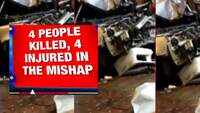 Mumbai: Speeding car runs over pedestrians, crashes into restaurant wall; 4 killed, 4 injured
Mumbai: Speeding car runs over pedestrians, crashes into restaurant wall; 4 killed, 4 injured 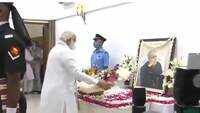 PM Narendra Modi pays last respects to former President Pranab Mukherjee
PM Narendra Modi pays last respects to former President Pranab Mukherjee 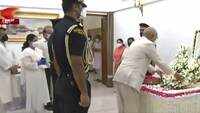 President Ram Nath Kovind pays last respects to former President Pranab Mukherjee
President Ram Nath Kovind pays last respects to former President Pranab Mukherjee 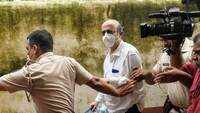 SSR death probe: Now, CBI summons Rhea Chakraborty's parents for interrogation
SSR death probe: Now, CBI summons Rhea Chakraborty's parents for interrogation
More from TOI
Navbharat Times
Featured Today in Travel
Get the app




